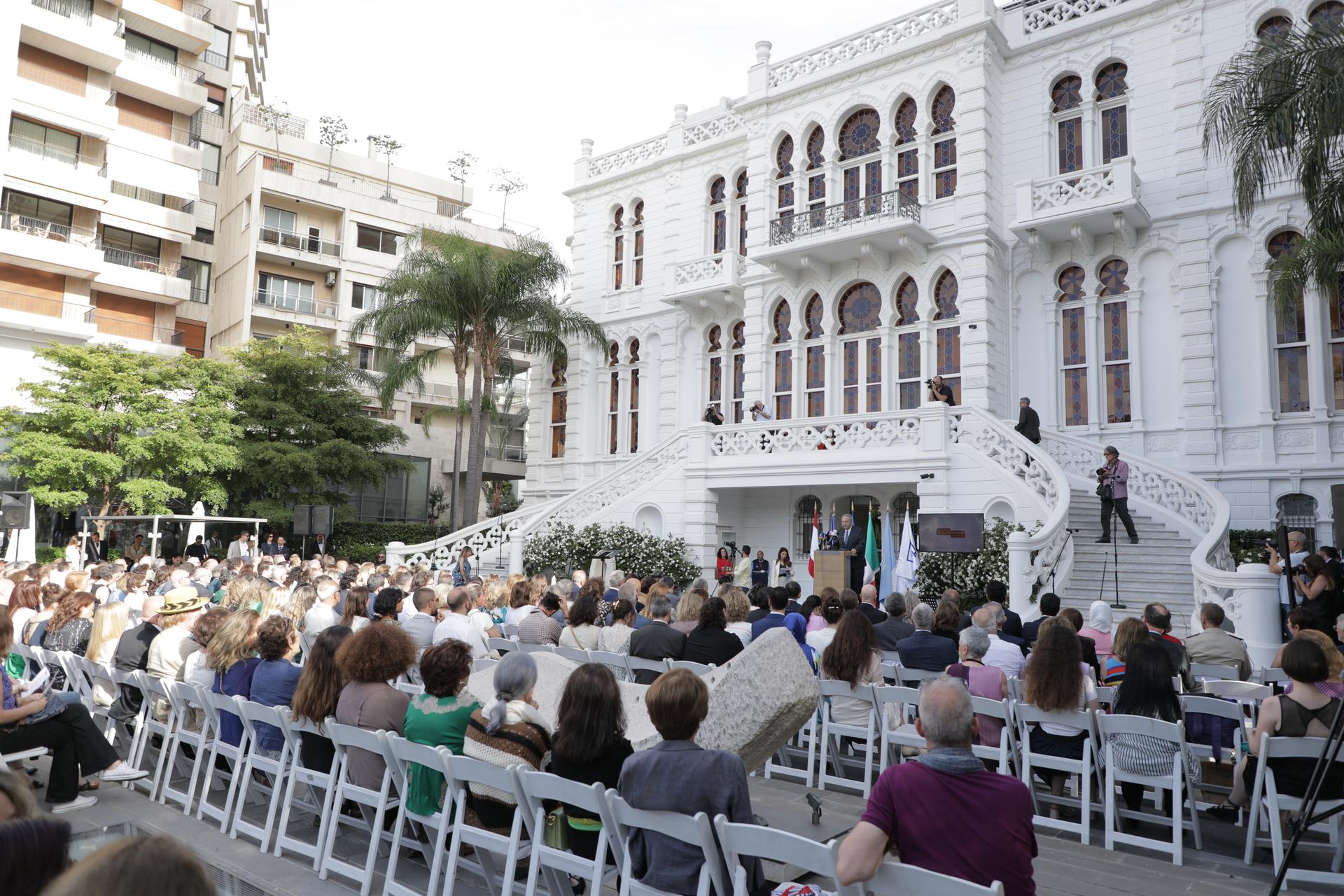Beirut’s Sursock Museum, described as the first modern art gallery in the Arab world, is striking from the outside.
Its 20th-century architecture reflects both Venetian and Ottoman styles, and colorful stained-glass windows stand out against its white exterior.
The museum was created by Nicolas Sursock, a Lebanese art collector.
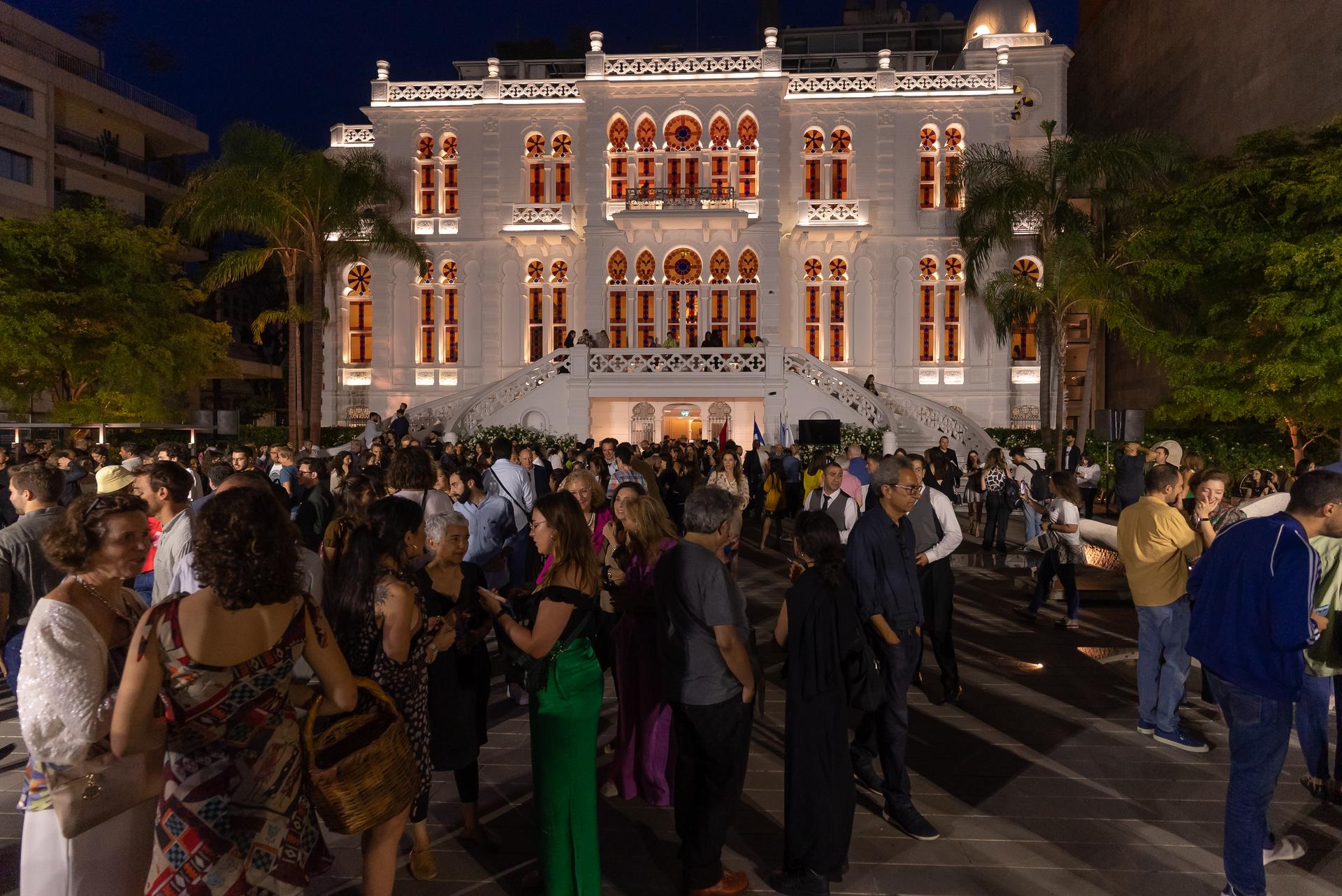
It’s also the largest art museum in Lebanon’s capital, with 1,500 works in its permanent collection, including paintings, sculptures, tapestries and installations.
But in 2020, much of the building — and 57 works of art — were damaged in the deadly blast at Beirut’s port. Now, after several years of restoration work, the museum is once again welcoming visitors. Recently, 4,000 people gathered to celebrate its reopening.
“People were very much looking forward to see this rebirth,” said Karina el-Helou, the museum’s director.
A picture of the damage
Pictures from the blast’s aftermath show shards of the museum’s stained glass strewn on the ground. The original carved panels from Damascus, Syria, were turned into an unrecognizable pile of wood.
Zeina Arida, the museum’s director at the time, described the extent of the damage in a video posted on the museum’s Twitter page.
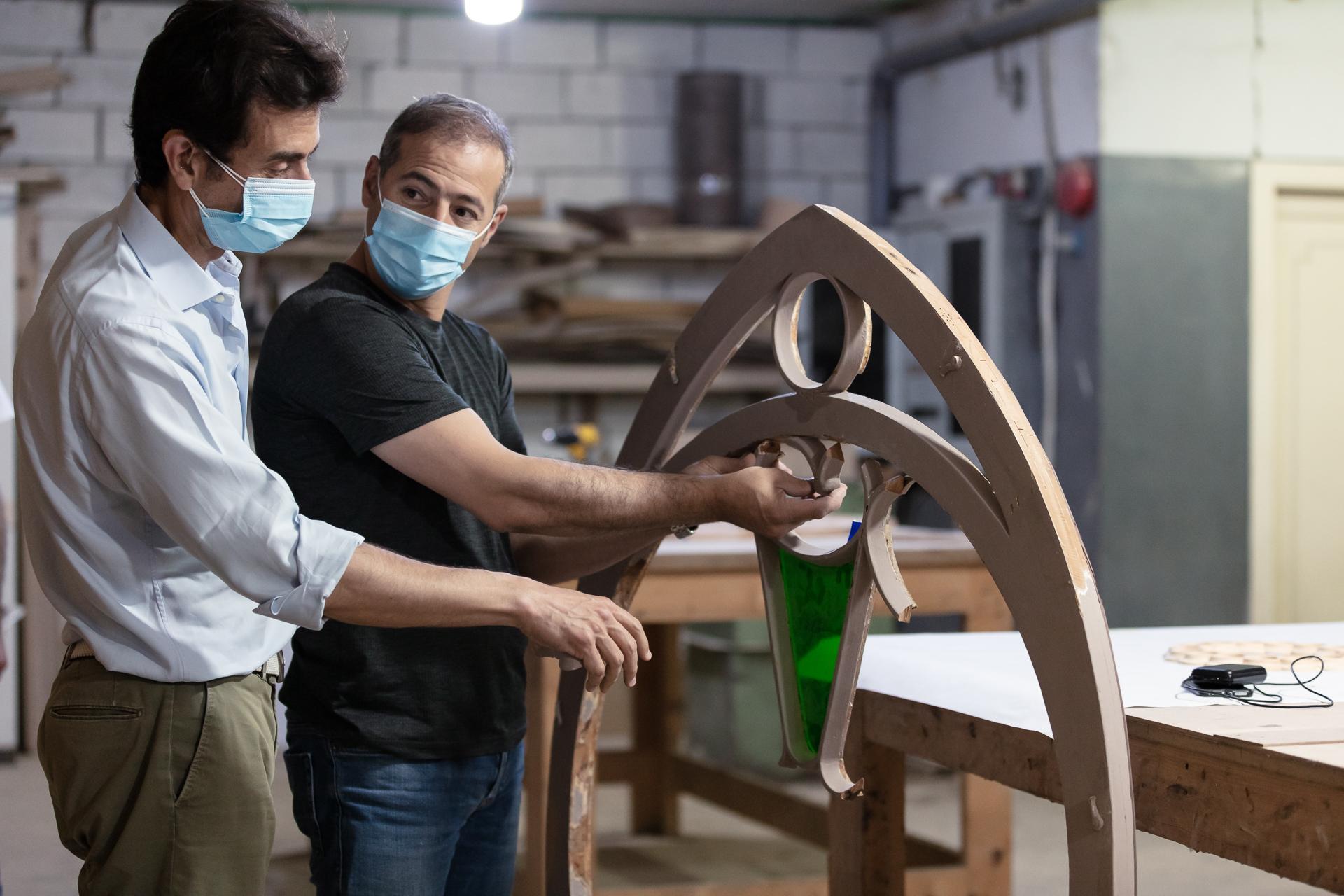
“The tinted glass, which is a landmark of the Sursock Museum, is completely blown away,” she explained. “There’s no more glass in the whole building, there is no more door, so all the wooden doors, the fireproof doors, all blown away.”
In the days following the blast, the whole country was in shock. The explosion at the port had left at least 200 people dead, including children as young as 2 years old.
People expressed a mix of anger, sadness and helplessness. The blast happened at a time when Lebanon was already dealing with a crushing financial crisis that had sent three-quarters of the population into poverty.
In 2019, popular uprisings had swept the country.
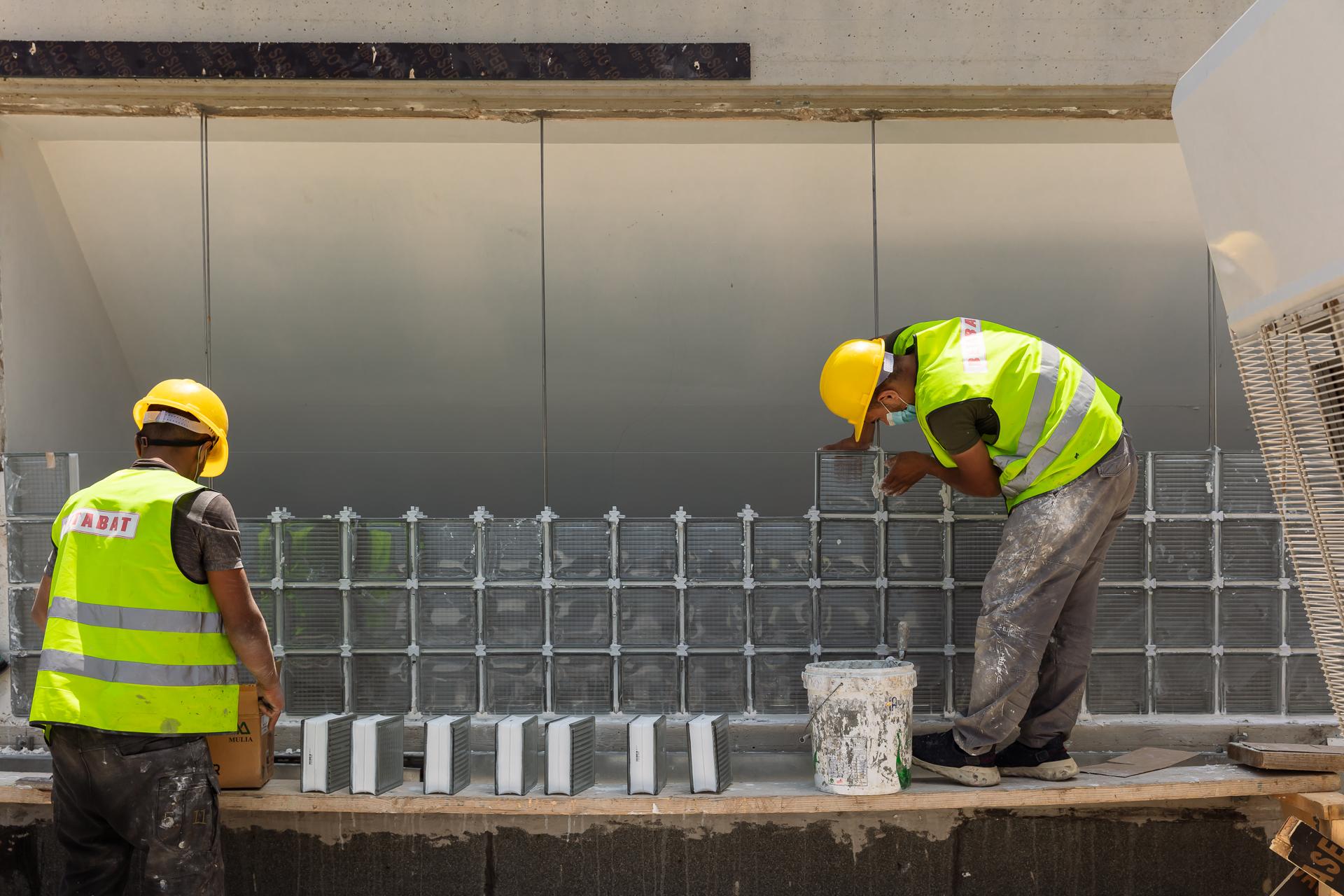
“There was a sense of helplessness because it was such [an] apocalypse. There was a big scare that nothing will be recovered,” Helou said.
So much needed to be done, it felt overwhelming, she said, adding that donations in Lebanon were scarce because of the state of the economy.
Thankfully, France, Italy and the International Alliance for the Protection of Heritage raised $2 million for the musuem’s restoration.
Restoring the museum
Maya Husseini, a glass artist, was hired to repair the museum’s stained-glass windows.
For decades, Husseini had worked to restore Beirut’s historic stained-glass windows that were destroyed during the country’s civil war.
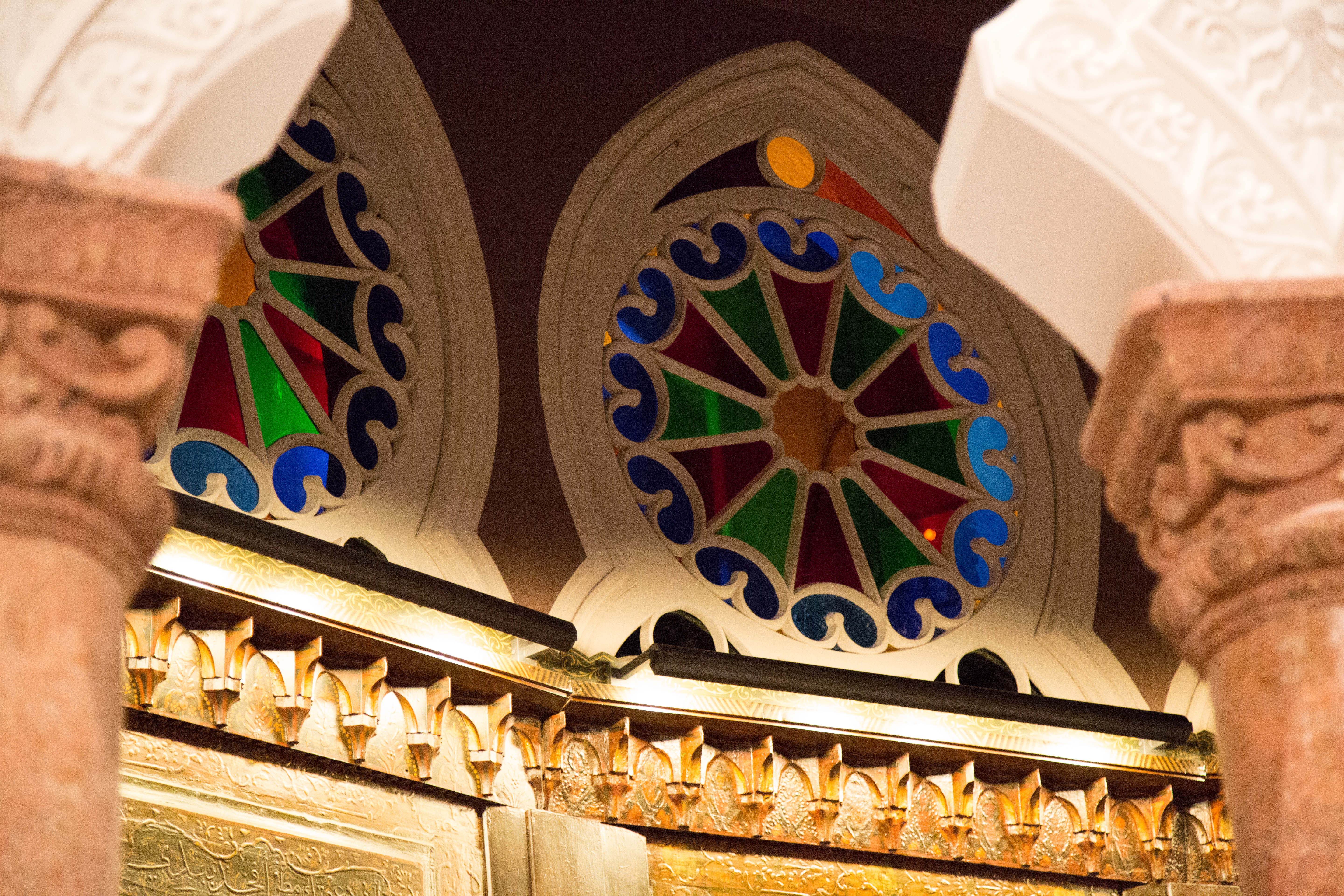
She painstakingly put them together, one by one, piece by piece.
Two decades’ worth of her work was destroyed in a matter of seconds, she said.
“It’s a very difficult type of art,” she told the BBC in 2020. “I put so much of my soul into it.”
Husseini was hired to fix the museum’s stained-glass windows.
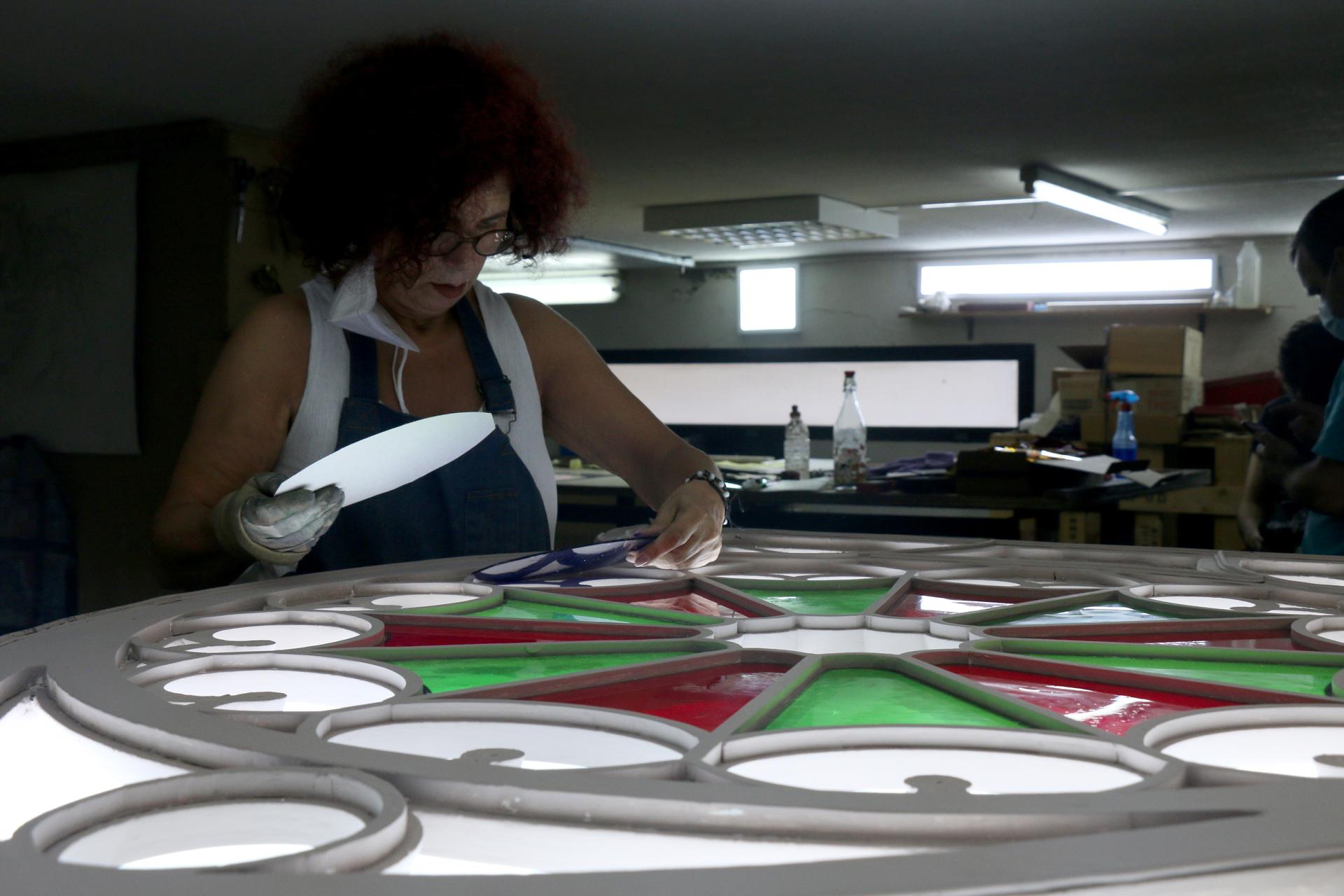
At the museum, she fixed the glass panels as if she was solving a puzzle.
Helou, the museum’s director, said that while most of the stained-glass windows and wooden panels have been repaired, some signs from the explosion’s impact remain.
An example, she said, is the work titled “Consolation” by Paul Guiragossian, dated 1970.
Guiragossian’s parents were survivors of the Armenian genocide and settled in Lebanon in the late 1940s. His work, “Consolation,” features several tall figures standing side by side and looking hunched over.
He painted it using his signature thick, sweeping brush strokes, and when the explosion happened, some of the paint fell off. The museum hasn’t been able to fix that.
But Helou said that’s OK.
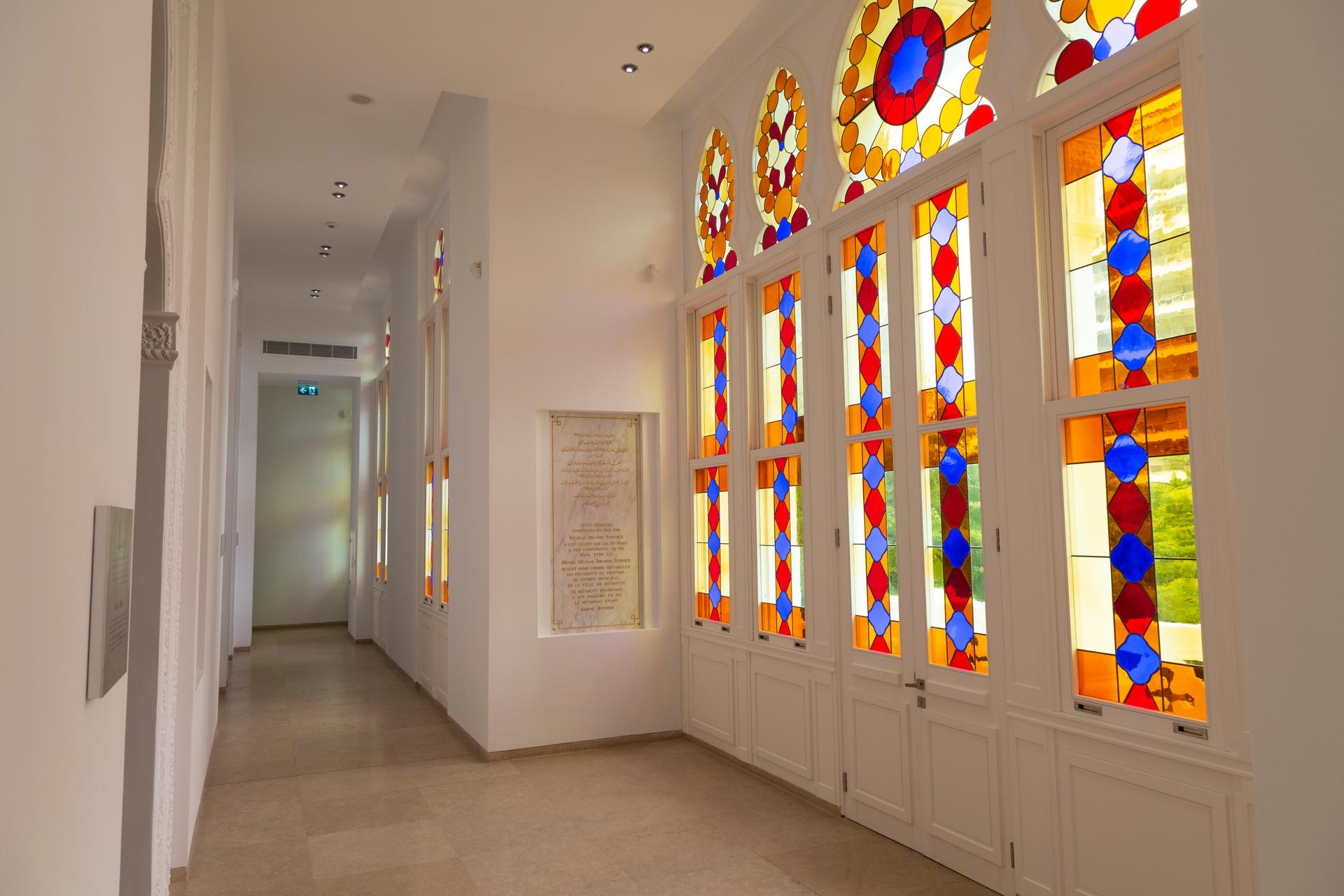
“That work […] holds the memory of this event [Beirut blast].”
The museum, she said, is “a safe space in a city where there has been so much trauma.”
A safe space that 2-year-old Issac Oehlers regularly visited with his parents.
Issac was killed at his home by the explosion. He was the youngest victim of the blast.
Now, a swing in the garden of the museum marks his memory.
Correction: The radio version of this report misidentified the work of artist Paul Guiragossian that holds the memory of the explosion. The correct artwork is monochrome and was painted in the 1970s. It is of a mother and child, not the one with the figures standing, which was made in the 1980s.
Our coverage reaches millions each week, but only a small fraction of listeners contribute to sustain our program. We still need 224 more people to donate $100 or $10/monthly to unlock our $67,000 match. Will you help us get there today?
